
Portfolio Diversification - What It Is and How To Diversify Crypto Investments?

Portfolio diversification refers to the practice of dividing one's assets among various investments to minimize risk and increase returns. In the context of the crypto industry, this means allocating funds to different cryptocurrencies rather than concentrating all investments in one particular digital asset.
By diversifying one's portfolio, an investor can reduce the potential negative impact of a single investment performing poorly. Instead, the risk is spread across multiple investments, reducing the likelihood of significant financial losses.
Additionally, by investing in a variety of cryptocurrencies, an investor can potentially take advantage of different market trends and movements, maximizing returns and ensuring more stable long-term gains.
What is a Well Diversified Crypto Investment Portfolio?
A well diversified crypto investment portfolio is a collection of various cryptocurrencies that are carefully selected to reduce the overall risk of the portfolio. This type of portfolio typically includes a mix of established cryptocurrencies such as Bitcoin and Ethereum, as well as some smaller or emerging cryptocurrencies that have the potential for high growth.
The goal of diversification is to reduce the impact of market volatility on the portfolio by spreading the investment across multiple assets. Additionally, a well diversified portfolio may include investments in different sectors of the crypto market, such as DeFi, NFTs, and gaming, to further reduce risk and increase potential returns.
Also, when constructing a diversified crypto portfolio, it is important to consider a range of factors, including the investment horizon, risk tolerance, and market conditions. This requires careful analysis of each individual cryptocurrency, as well as a thorough understanding of the broader market dynamics.
For instance, an investor with a shorter investment horizon may choose to allocate a larger portion of their assets to stablecoins, which are less volatile than other cryptocurrencies.
Another key consideration is the weighting of each cryptocurrency in the portfolio. This requires a deep understanding of the various risks and rewards associated with each investment, as well as an understanding of how different cryptocurrencies are likely to perform in different market conditions. To achieve optimal results, it is crucial to diversify across different asset classes and investment types.
Best Ways to Diversify Crypto Investments
A well diversified crypto investment portfolio is an important strategy for investors looking to navigate the rapidly changing and often unpredictable world of cryptocurrency. That is why every investor must know how they can diversify their crypto investments.
Here are some best ways to diversify your crypto investments:
Invest in Different Crypto Assets - One of the simplest ways to diversify your crypto portfolio is to invest in multiple cryptocurrencies. By investing in different assets, you can spread your risk across a variety of digital currencies.
Invest in Different Sectors: Another way to diversify your crypto portfolio is to invest in different sectors within the crypto industry. For example, you could invest in cryptocurrencies that are focused on privacy, or those that are designed for use in decentralized applications (dapps).
Use Different Investment Strategies: Diversification can also be achieved by using different investment strategies. For example, you could allocate some of your portfolio to long-term holdings, while using another portion for short-term trades.
Consider Alternative Crypto Investments: There are also alternative ways to invest in the crypto industry, such as investing in blockchain technology companies or mining operations. These investments can provide exposure to the industry without relying solely on the performance of individual cryptocurrencies.
Keep an Eye on Market Trends: Finally, it's important to stay informed about market trends and changes in the crypto industry. By staying up-to-date on the latest developments, you can adjust your investment strategy and ensure that your portfolio remains well-diversified.
Benefits of Crypto Portfolio Diversification
Portfolio diversification is widely considered to be one of the most effective ways to protect one's assets in the crypto market. Here are some key benefits of crypto portfolio diversification:
- Risk Reduction: By diversifying your portfolio across multiple cryptocurrencies, you can reduce the overall risk of your portfolio. This is because if one asset underperforms, the negative impact on your portfolio will be minimized.
- Potential for Better Returns: A well-diversified portfolio can potentially provide better long-term returns by allowing you to take advantage of different market trends and movements.
- Better Investment Decisions: Diversification can help you avoid investing in overvalued or underperforming assets, leading to better investment decisions.
- Hedge Against Market Volatility: A diversified portfolio can help you hedge against potential market volatility, making it a crucial strategy for long-term investors seeking stability and consistent returns in the crypto industry.
By keeping these benefits in mind, investors can create a well-diversified crypto investment portfolio that maximizes returns while minimizing risks.
Risks Associated with Crypto Portfolio Diversification
Here are some key risks associated with crypto portfolio diversification:
Lower Potential Returns: Diversification may limit the potential returns on your investment portfolio. As you spread your investments across multiple assets, you may not be able to fully capitalize on the returns of any one asset that performs exceptionally well.
Higher Transaction Costs: Diversification can lead to higher transaction costs as you need to buy and sell multiple assets. This can eat into your profits and make it more difficult to earn a significant return on your investment.
Poorly Performing Assets: Holding a diversified portfolio may also mean holding assets that perform poorly or underperform. This could lead to subpar returns or even losses if an asset significantly underperforms.
Overexposure to Certain Sectors: Diversification does not always guarantee a lower risk, as your portfolio may still be overexposed to certain sectors or industries within the crypto industry. This can increase your overall risk, particularly if these sectors experience a downturn.
By being aware of these risks, investors can take steps to mitigate them and create a well-diversified crypto investment portfolio that balances the potential for returns with the associated.
Also Read - Future of crypto in the next 5 years
Is Diversifying Crypto Portfolio a Good Strategy?
Diversifying crypto assets is not only recommended, but it is also a necessary strategy for investors who want to reduce the risks associated with investing in cryptocurrencies.
Cryptocurrencies are known for their high volatility, and investing in only one or a few can lead to significant losses if the market goes down. By diversifying your portfolio, you can spread out your risk and potentially increase your chances of long-term success.
However, it's important to note that diversification is not a one-size-fits-all strategy, and investors should do their own research and analysis to determine the best diversification strategy for their individual goals and risk tolerance.
Conclusion
In conclusion, diversification is a key strategy for any successful investor, and the crypto industry is no exception. By diversifying your crypto investments, you can spread your risk across a variety of assets and reduce the impact of market volatility.
While diversification cannot eliminate risk entirely, it can help to mitigate it and increase the chances of long-term success. With careful planning and attention to market trends, you can build a well-diversified crypto portfolio that is positioned to weather the ups and downs of this exciting and rapidly evolving industry.
Disclaimer
The information provided on this website does not constitute investment advice, financial advice, trading advice, or any other sort of advice and you should not treat any of the website's content as such.
Token Metrics does not recommend that any cryptocurrency should be bought, sold, or held by you. Do conduct your own due diligence and consult your financial advisor before making any investment decisions.

.svg)

Create Your Free Token Metrics Account

.png)




%201.svg)
%201.svg)


%201.svg)














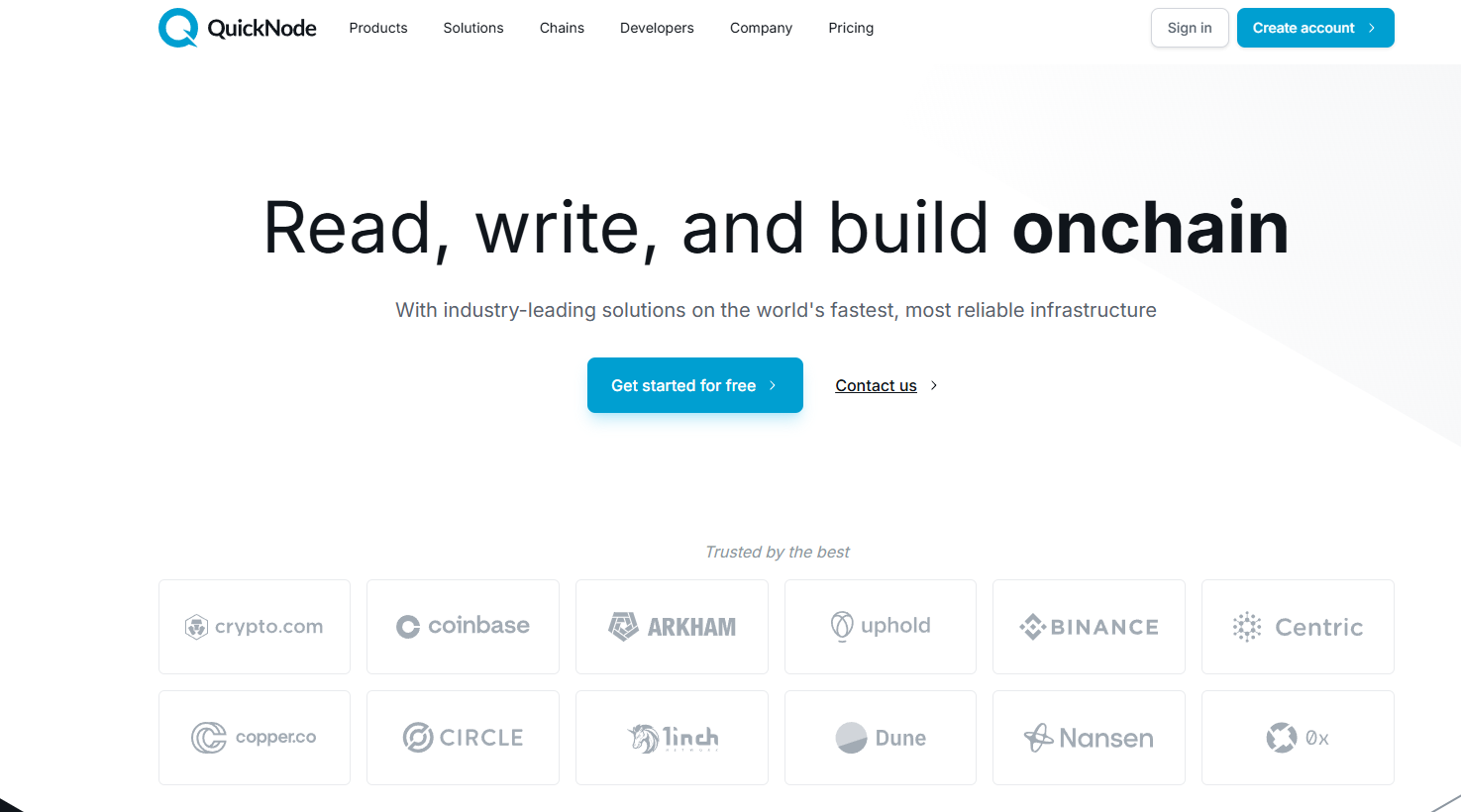


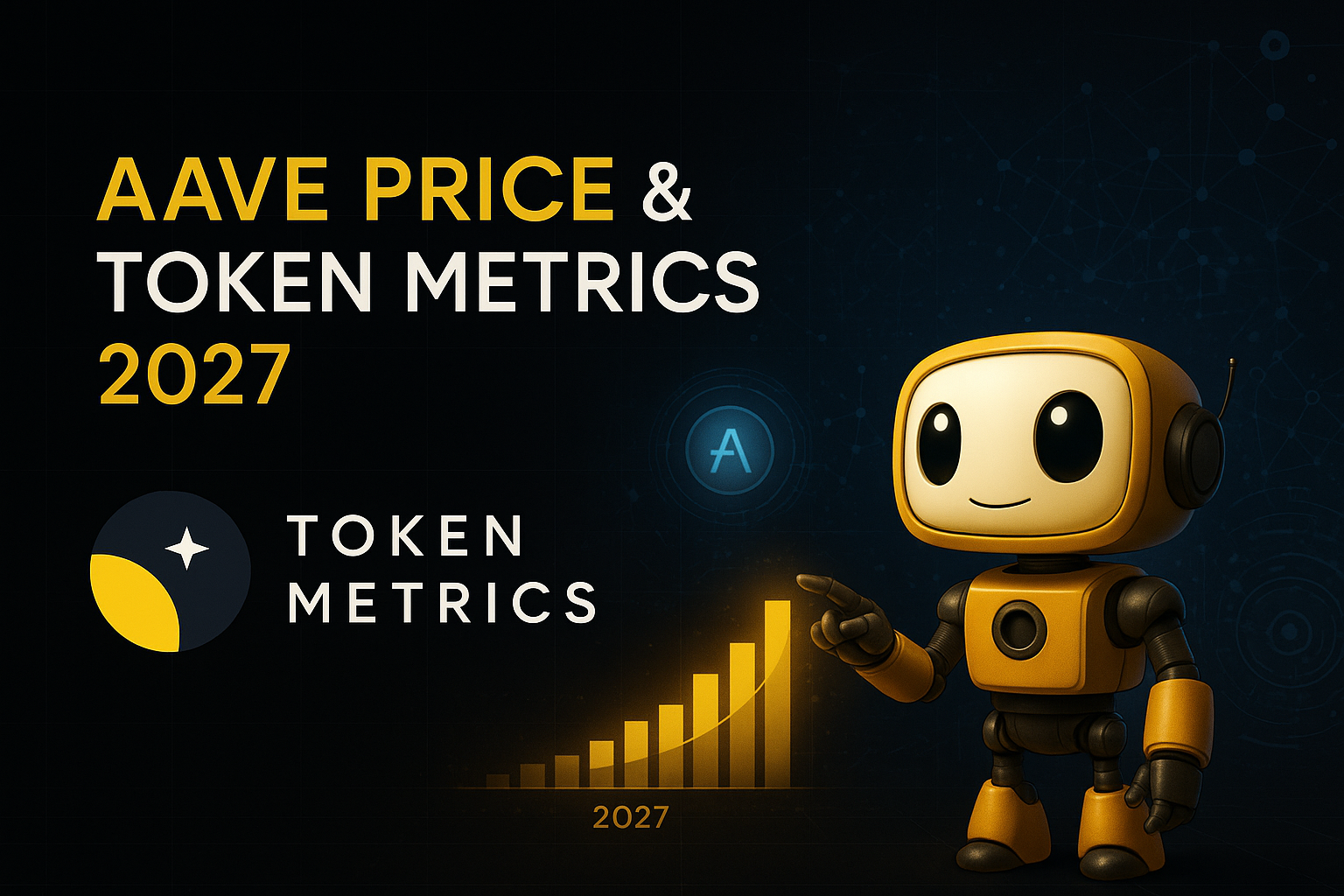

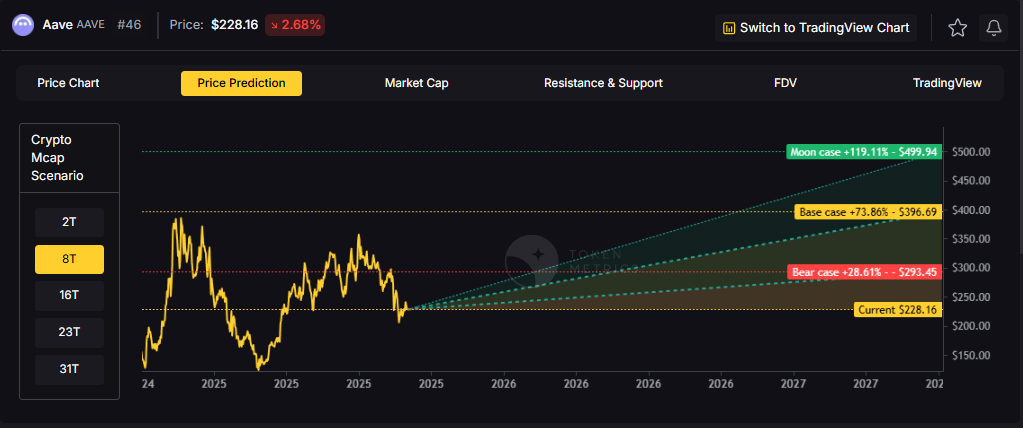
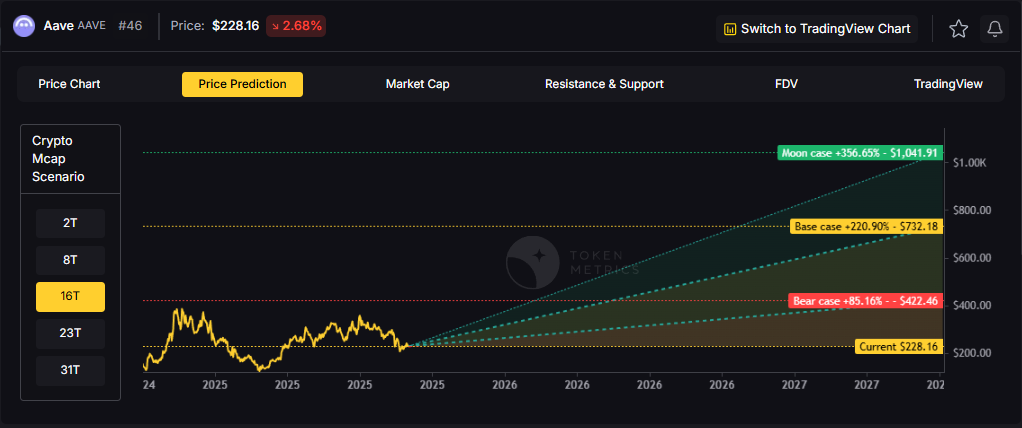



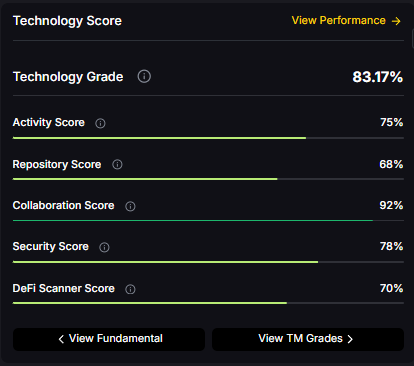
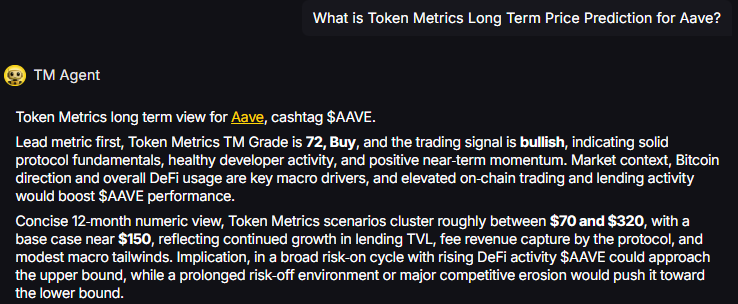



.svg)




.png)